
The Holy Grail of clean energy has been captured?
"Overnight, the MIT team reduced the cost per watt of the fusion reactor to almost 1/40, making the commercial use of nuclear fusion technology possible"!

Recently, the MIT Center for Plasma Science and Fusion and the Commonwealth Fusion Systems (CFS) published a comprehensive report.
This report cites six independent research papers published in the March special issue of "IEEE Transactions on Applied Superconductivity", proving:
MIT's use of "high-temperature superconducting magnets" and non-insulation design in the 2021 experiment is completely feasible and reliable.
It also verified that the unique superconducting magnet used by the team in the experiment is sufficient as the basis for a nuclear fusion power plant.
This indicates that "nuclear fusion" will soon become a commercialized technology from a scientific research project in a laboratory.

Paper address:
https://ieeexplore.ieee.org/xpl/tocresult. jsp?isnumber=10348035&punumber=77
And it all starts with the world-record nuclear fusion experiment at MIT in 2021.
In the early morning of September 5, 2021, at the MIT Plasma Science and Fusion Center (PSFC ) laboratory, engineers achieved a major milestone -
# A new type of magnet made of "high-temperature superconducting material" has reached the size of 20 tesla World record for scale magnetic field strength.
You know, 20 tesla is exactly the magnetic field strength required to build a nuclear fusion power plant.
Scientists predict that it is expected to produce a net power output and potentially usher in an era of virtually unlimited power generation.
The experiment proved successful while meeting all the criteria set for the design of a new fusion device, known as SPARC, for which magnets are a key enabling technology.
The exhausted engineers opened the champagne to celebrate the proud achievements. They have made long and arduous efforts for this.
But the scientists did not stop at their work.
Over the next few months, the team disassembled and examined the magnet's components, poring over and analyzing data from hundreds of instruments that recorded the details of the tests.
They also conducted two other tests on the same magnet, ultimately testing it to its limits to learn the details of any possible failure modes.
The purpose is to further verify whether the superconducting magnet in their experiment can work stably in various extreme scenarios.
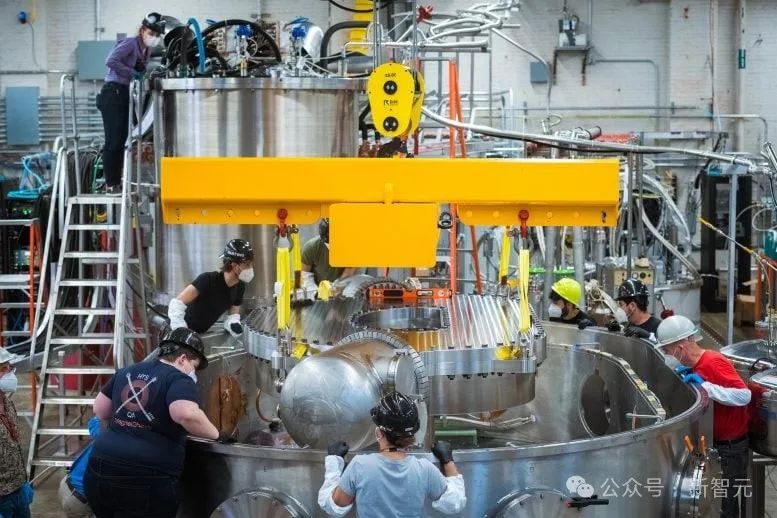
A team puts magnets into cryostat containers
Dennis Whyte, a professor of engineering at Hitachi America who recently stepped down as PSFC director, said, "In my opinion, the successful test of the magnet is the most important thing in fusion research in the past 30 years."
As experimental results show, existing superconducting magnets are powerful enough to potentially achieve fusion energy.
The only disadvantage is that due to its huge size and cost, it will never be practical or economically feasible.
Subsequent tests conducted by the researchers showed that such a powerful magnet can still be practical even if its size is greatly reduced.
"Overnight, the cost per watt of fusion reactors dropped nearly 40 times in one day."
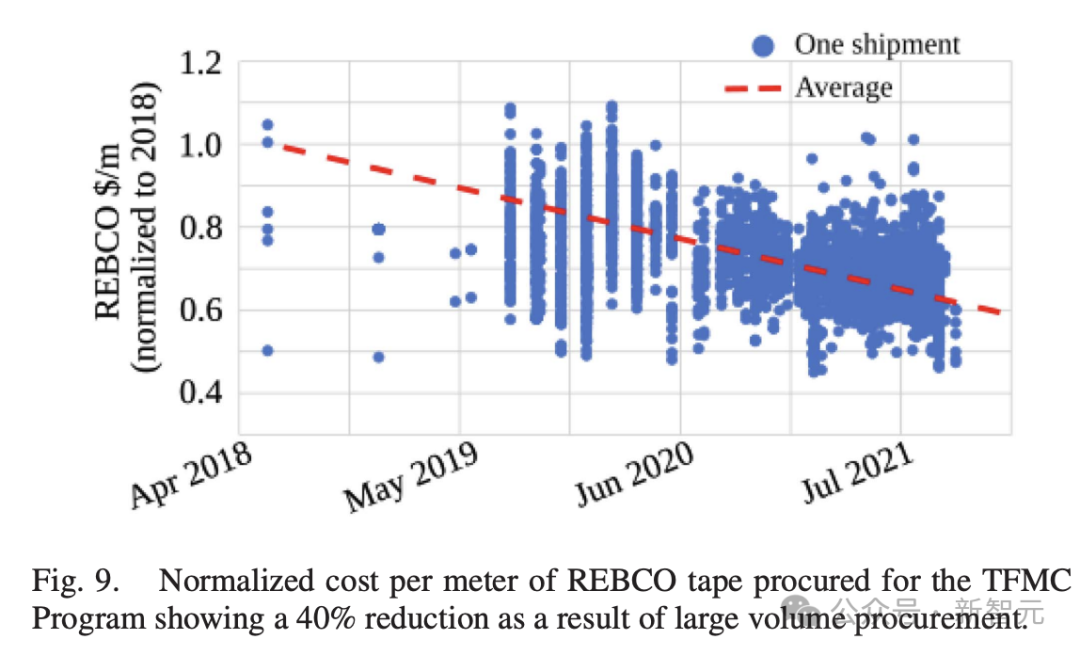
Now nuclear fusion has a chance. "Tokamak" is currently the most widely used fusion experimental device design.
"In my opinion, the tokamak has a chance to become affordable because, given the known constraints of physical rules, we can drastically reduce the time required to achieve fusion. This is a qualitative leap in terms of the size and cost of the device required.”
Six papers detail comprehensive data from MIT magnet testing.
The analysis then shows that the new generation of nuclear fusion devices designed by MIT and CFS, as well as similar designs by other commercial fusion companies, are scientifically feasible. .

Nuclear fusion is the process of combining light atoms into heavy atoms. Provides energy for the sun and stars.
But exploiting this process on Earth has proven to be a difficult challenge.
Over the past few decades, great efforts have been made in the research of experimental devices, even billions of dollars have been spent.
The goal that has been pursued but never achieved is to build a fusion power plant that produces more energy than it consumes.
During operation, such a power plant can generate electricity without emitting greenhouse gases and will not produce large amounts of radioactive waste.
The fuel for nuclear fusion, which comes from hydrogen extracted from seawater, is almost endless.
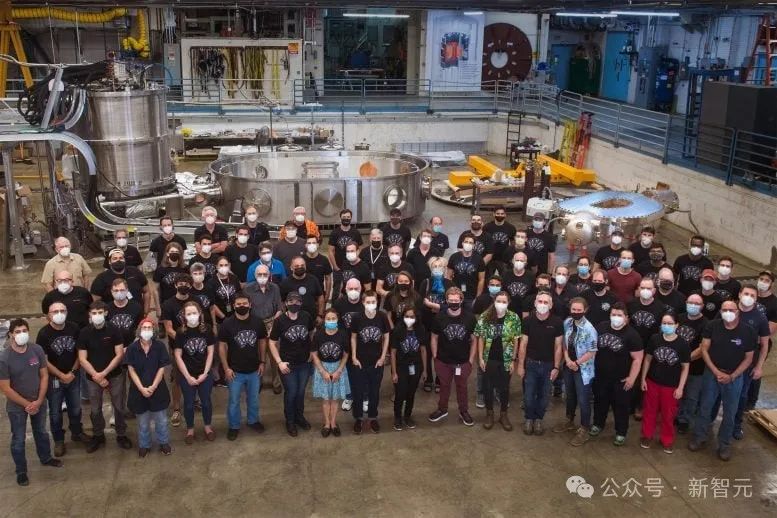
# However, for nuclear fusion to be successful, the fuel must be compressed at extremely high temperatures and pressures.
Since no known material can withstand such temperatures, extremely powerful magnetic fields must be used to confine the fuel.
If you want to generate such a strong magnetic field, you need a "superconducting magnet." However, all previous nuclear fusion magnets were made of superconducting materials, which require a temperature of about 100 degrees Celsius above absolute zero. A low temperature of 4 degrees (4 kelvins, or -270 degrees Celsius).
In recent years, a new material called REBCO (rare earth barium copper oxide) has begun to be used in nuclear fusion magnets.
It allows nuclear fusion magnets to operate at temperatures of 20 kelvins, which although only 16 kelvins higher than 4 kelvins, has significant advantages in terms of material properties and practical engineering.

The new high-temperature superconducting material is a redesign of almost all the principles used to make superconducting magnets.
If this new high-temperature superconducting material is used to manufacture superconducting magnets, it is not just an improvement on the basis of predecessors, but also requires innovation and research and development from scratch.
A new paper in the journal Transactions on Applied Superconductivity describes the details of this redesign process, and patent protection is already in place.
In order to make full use of REBCO, researchers redesigned an industrial scalable high-current "VIPER REBCO" cable based on the TSTC architecture.

VIPER REBCO cable has these obvious advantages:
- has less than 5% stable current degradation.
- Features rugged removable headers in the 2-5nΩ range;
- For the first time, two different cable quench tests can be performed on full-size conductors under fusion-related conditions suitable for REBCO's low normal zone propagation velocities.
Another incredible design in this superconducting magnet is the removal of the thin and flat magnet Insulator surrounding the superconducting strip.
In traditional designs, superconducting magnets are surrounded by insulating materials to protect them from short circuits.
In this new superconducting magnet, the superconducting strip is completely exposed.
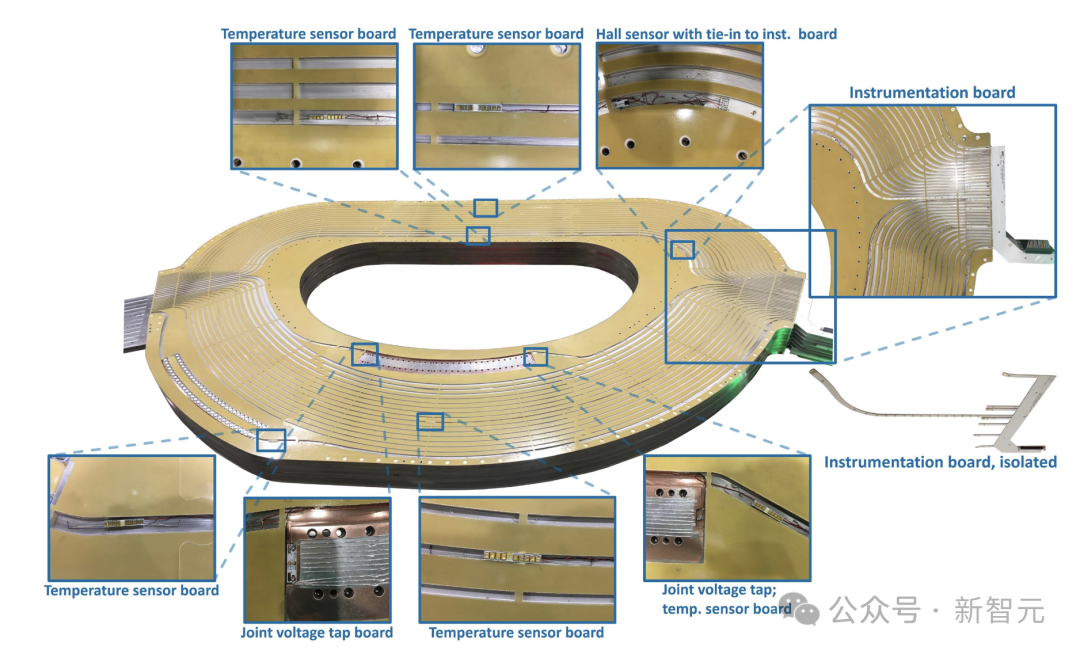
Scientists rely on REBCO’s stronger conductivity to keep electrical current flowing accurately through the material.
Zach Hartwig, a professor in MIT’s Department of Nuclear Science and Engineering who is responsible for developing the superconducting magnets, said: “When we began this project in 2018, the development of large-scale high-field magnets using high-temperature superconductors was The technology is still in a very early stage, and only small experiments can be carried out."
"Our magnet research and development project was based on this scale and completed a full-scale magnet in a very short period of time. Research and development."
The team finally manufactured a magnet of nearly 10 tons, which produced a stable and uniform magnetic field higher than 20 Tesla.
"The standard way to make these magnets is to wrap a conductor around the windings and put an insulation layer between the windings. You need the insulation layer to handle unexpected events such as shutdowns. high voltage".
"The advantage of removing this layer of insulation is that it is a low-voltage system. It greatly simplifies the manufacturing process and schedule."
This also leaves plenty of room for cooling or more strength structure.
The slightly smaller magnet assembly forms the donut-shaped cavity of the SPARC nuclear fusion device that CFS is building.

This cavity is composed of 16 plates called "pancakes". One side of each plate is wrapped with a spiral super The conduction band, and the other side is the helium cooling channel.
"However, the design without insulation layer is very risky in the eyes of most people, and even in the testing stage, there is a great risk." Professor
said, "This is the first magnet of sufficient scale to explore the issues involved in designing, manufacturing and testing magnets using this non-insulating layer and non-twisting technology."
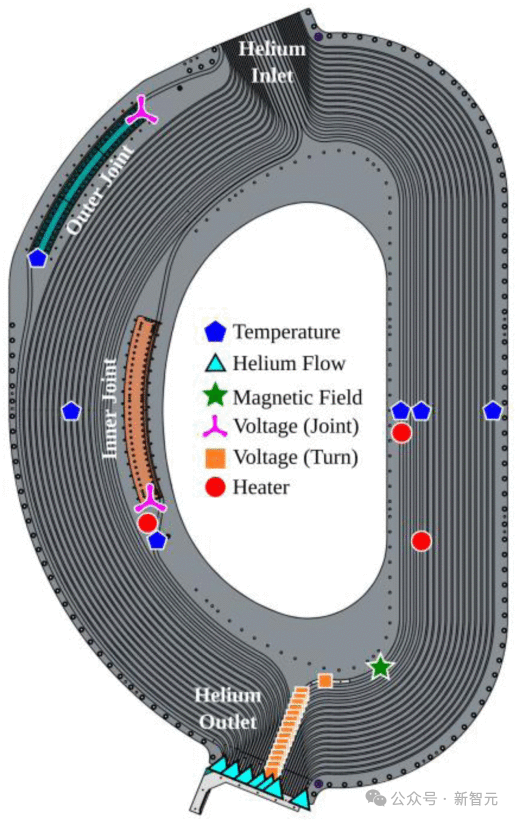
"The entire community was surprised when the team announced that this was an uninsulated coil."
The first experiments described in a previous paper have demonstrated that such a design and manufacturing process is not only feasible but also very stable, although some researchers had expressed doubts.
The next two tests, also conducted at the end of 2021, pushed the operating conditions of the equipment to the limit by deliberately creating unstable conditions, including completely turning off the input power, which may Can cause catastrophic overheating.
This situation is called "quenching" and is considered the worst case scenario that may occur during the operation of such magnets, which may directly destroy the equipment.
Part of the test plan, Hartwig said, is “to actually go out and intentionally quench a full-size magnet so that we can get critical data at the right scale and under the right conditions to Promote scientific development and verify design codes."
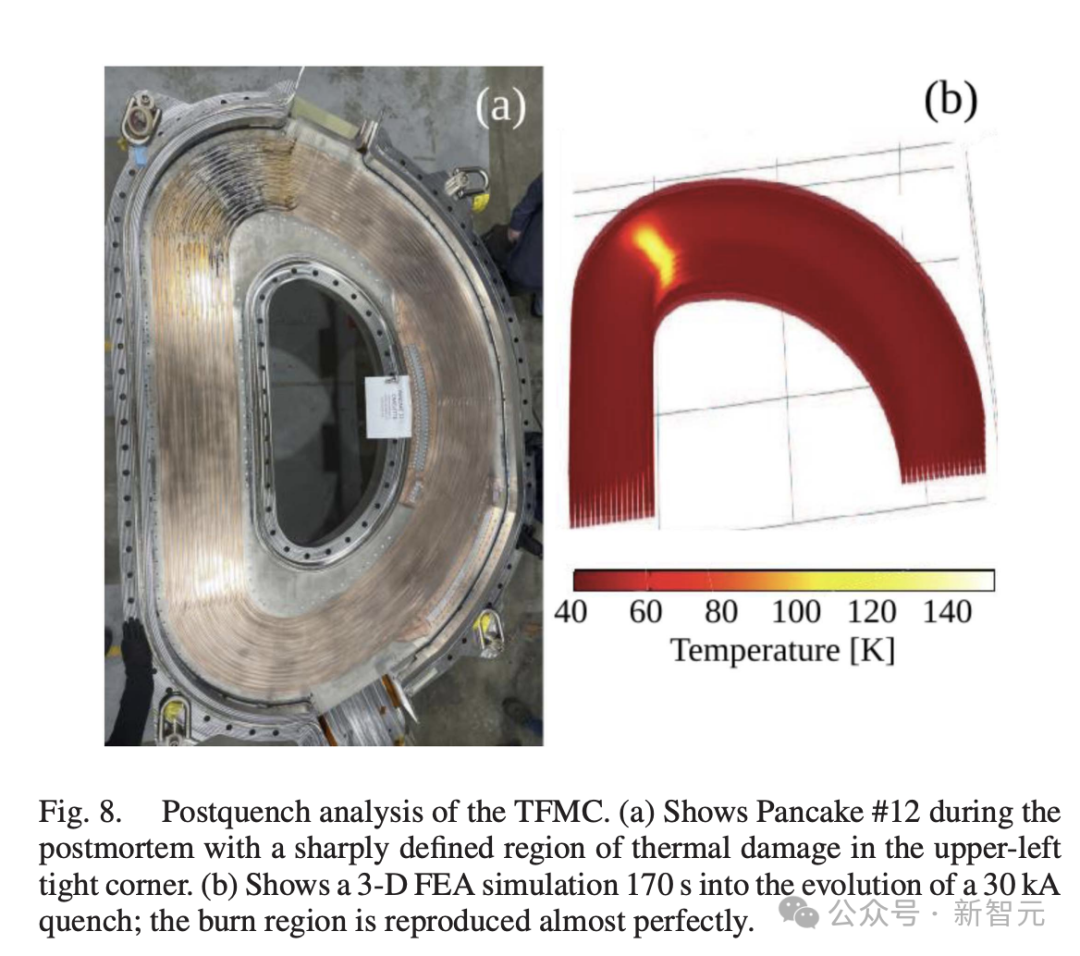
"Then take the magnet apart and see what went wrong, why it went wrong, and how we can do the next iteration to fix it ...The end result turned out to be a very successful experiment."
The final test ended with one corner of 16 "pancakes" melting, but produced a wealth of new information, Hartwig said.
First, they have been using several different computational models to design and predict aspects of the magnet's performance, and in most cases the models are consistent in their overall predictions , and has been well verified through a series of tests and actual measurements.
However, when predicting the "quenching" effect, the model's prediction results deviated, so it is necessary to obtain experimental data to evaluate the effectiveness of the model.
The model developed by the researchers almost accurately predicts how the magnet will heat up, how much it will rise when quenching begins, and the resulting damage to the magnet.
The experiments accurately describe the physics at play and allow scientists to understand which models will be useful in the future and which models will be inaccurate.
After testing the performance of all aspects of the coil, the scientists deliberately made the worst possible simulation of the coil.
It was found that the damaged area of the coil only accounted for a few percent of the coil volume.
Based on this result, they continued to make modifications to the design, anticipating that they would be able to prevent damage on this scale to the magnets of an actual nuclear fusion device, even under the most extreme conditions.
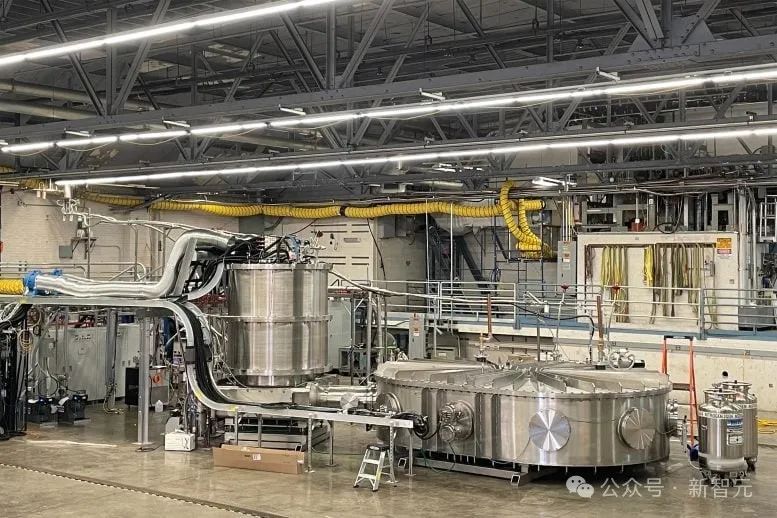
Professor Hartwig emphasized that the reason why the team was able to complete such a record-breaking new magnet design and achieve it very quickly in the first time The speed with which it was completed was mainly due to the deep knowledge, expertise and equipment accumulated over decades of Alcatel C-Mod Tokamak, the Francis Bit Magnet Laboratory and other work carried out by PSFC.
In the future, the experiment will continue to advance to achieve large-scale commercial use of clean electricity.
The above is the detailed content of MIT Genesis nuclear fusion breaks world record! High-temperature superconducting magnets unlock stellar energy, is artificial sun about to be born?. For more information, please follow other related articles on the PHP Chinese website!
 What skills are needed to work in the PHP industry?
What skills are needed to work in the PHP industry?
 The difference between export and export default
The difference between export and export default
 how to hide ip address
how to hide ip address
 What is the core of a database system?
What is the core of a database system?
 Introduction to dex concept digital currency
Introduction to dex concept digital currency
 How to solve discuz database error
How to solve discuz database error
 How to open vcf file in windows
How to open vcf file in windows
 0x00000006 What to do if the printer cannot be connected?
0x00000006 What to do if the printer cannot be connected?




